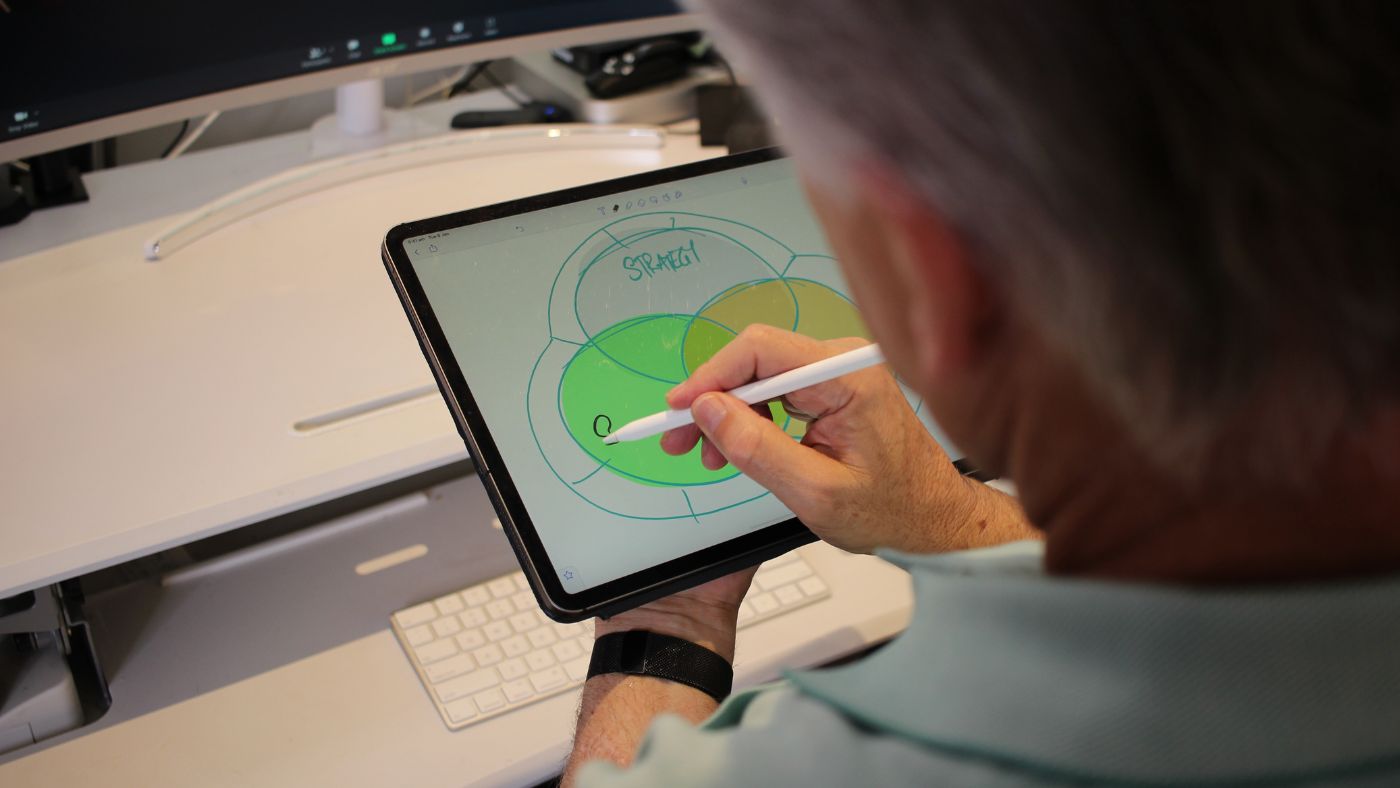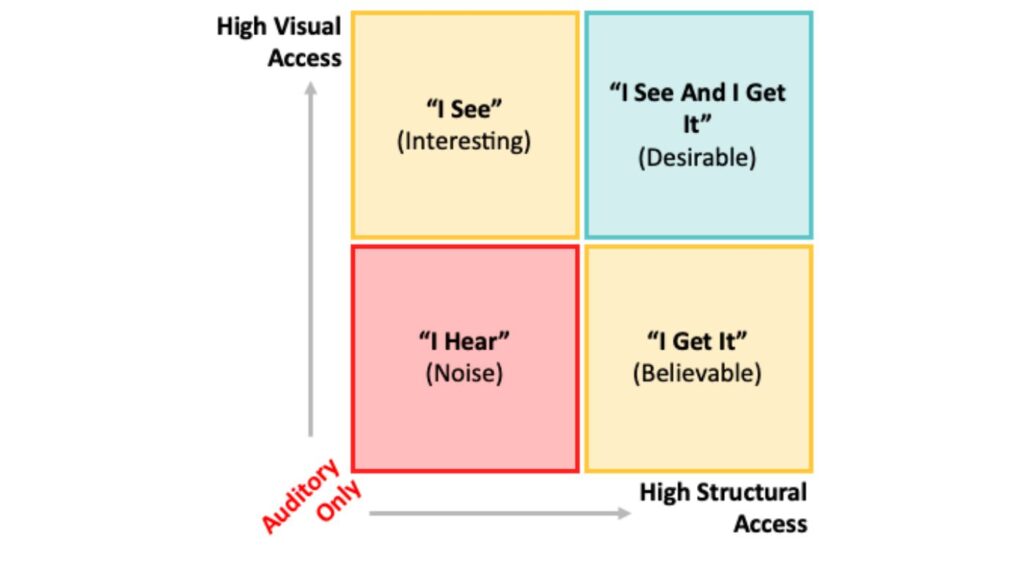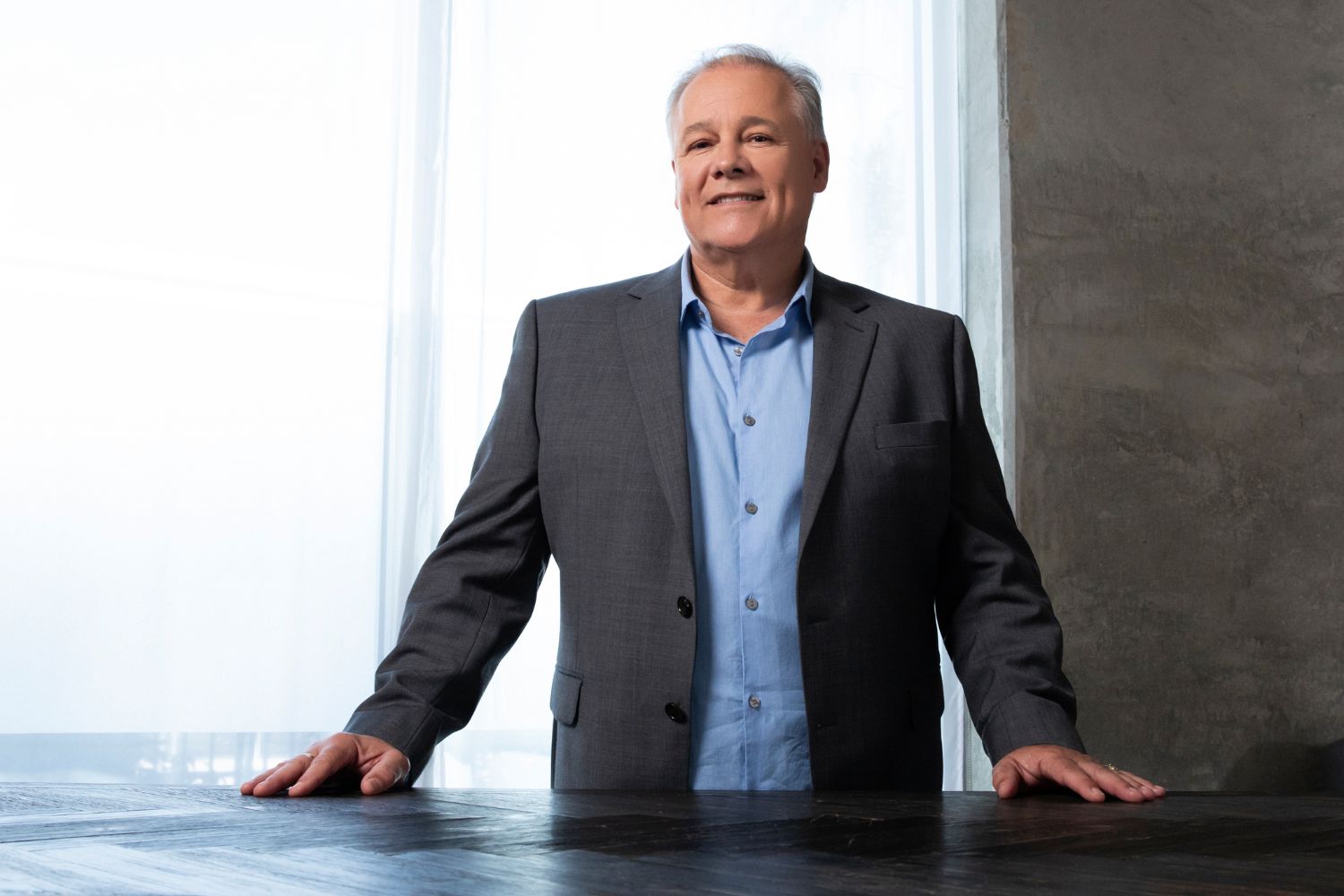In our modern lives, we are constantly bombarded with information from every corner. From presentations to emails to DM’s to social media to Tik Toks to Siri and even to the sat nav in our cars, we navigate a sea of communication daily. Amid this constant data stream, have you ever wondered why some messages stand out while others get lost in the noise? It truly comes down to how our brains are wired and process information.
Consider this: when conversing or absorbing information, people often say, “I hear you.” However, what if I told you that most of the time, those words are just noise? It’s not that auditory communication isn’t essential; it’s that we have an even more potent channel—our visual sense.
Our brains are incredibly efficient at processing visual information. A staggering 83% of all the information enters our brains through the optic nerve, our visual gateway to the world. This remarkable revelation prompts a crucial question: Why do we sometimes overlook this primary channel in our communication efforts?
The truth is that we’re living in an era where information bombards us from all directions. We’ve grown accustomed to the constant chatter and noise, making it challenging for any single message to stand out. This is where the visual aspect comes into play.
Visuals possess a unique power to capture our attention and engage our minds. They cut through the noise and provide a clear, compelling way to convey complex ideas and products. When presented with a visual representation, people don’t just say, “I hear you”; they exclaim, “I see it!” IF what we hear is just noise, what we see is interesting, curious!
But the power of visuals doesn’t stop at mere observation. What truly elevates visual communication is if we can provide structural access to the complex concepts we’re sharing within that visual representation. In essence, visual models provide both visual and structural access to an idea – organizing the comprehension and processing of the audience.This is where the magic happens.
Imagine a complex product or idea presented in a visual model—a structured framework that guides their understanding. It’s not just about seeing; it’s about getting it.

When we encounter a well-structured visual model…
…the complexity becomes manageable,
…the abstract becomes tangible, and
…the overwhelming becomes comprehensible.
This is the turning point where a message shifts from being merely interesting to becoming believable. When you can visualize the intricate details and understand how they fit together, you’re diving deep into the heart of the matter. Believability emerges from clarity, and clarity is one of the automatic superpowers of a well structured visual model..
So, why would we ever choose to shut out our most significant channel for information sharing? The simple answer is we shouldn’t. In a world saturated with noise and information overload, harnessing the power of communication through visual models is not just an advantage—it’s a necessity.

Whether you’re in marketing, education, leadership, or any field that involves conveying ideas, remember this:
Seeing is not just believing; it’s understanding, internalizing, and connecting on a deeper level.
In the age of visual storytelling and structured models, our message doesn’t just reach ears; it reaches hearts and minds, making a lasting impact that transcends the noise.
So, as you communicate any of your messages today, keep in mind the extraordinary power of visuals, embracing their ability to structure thoughts, and watch as your message transforms from mere noise, “I hear you,” through “I see” and “I get it” into “I believe you” and “I desire it”.
Join my weekly newsletter for more updates and inspiration. If you’re ready to speak about bringing more genius to your leadership, start by applying to work with me so we can get to know one another better.










